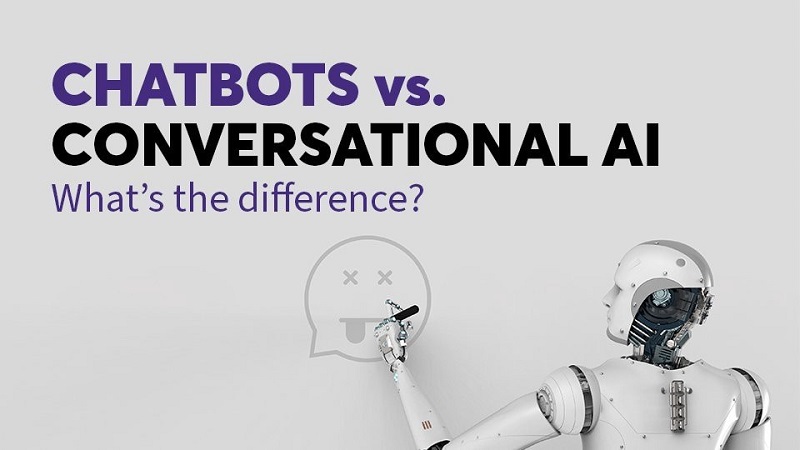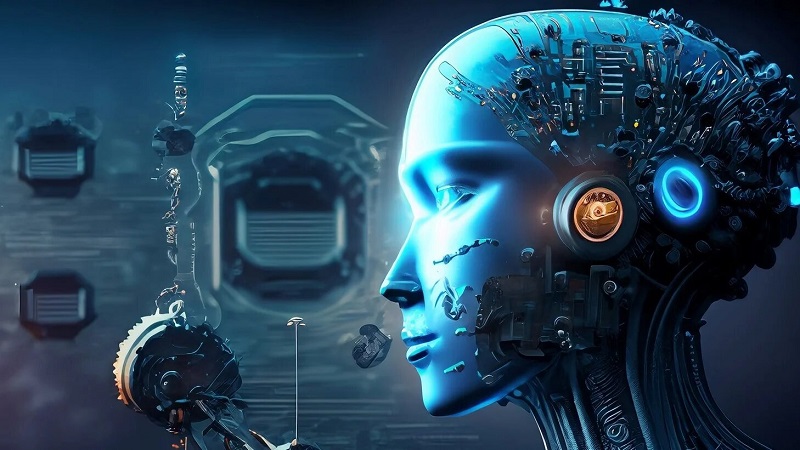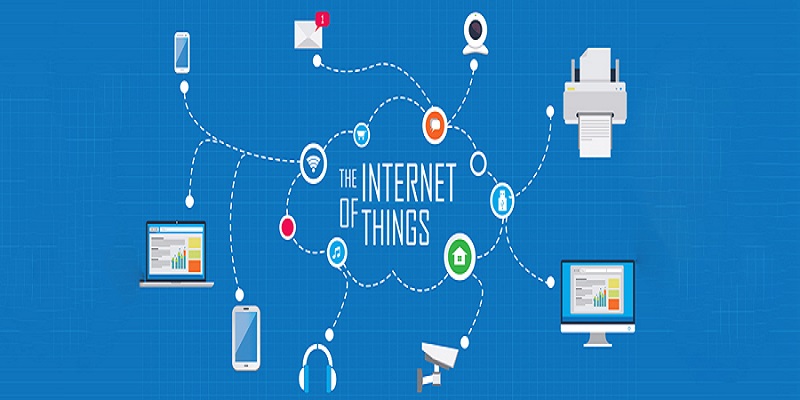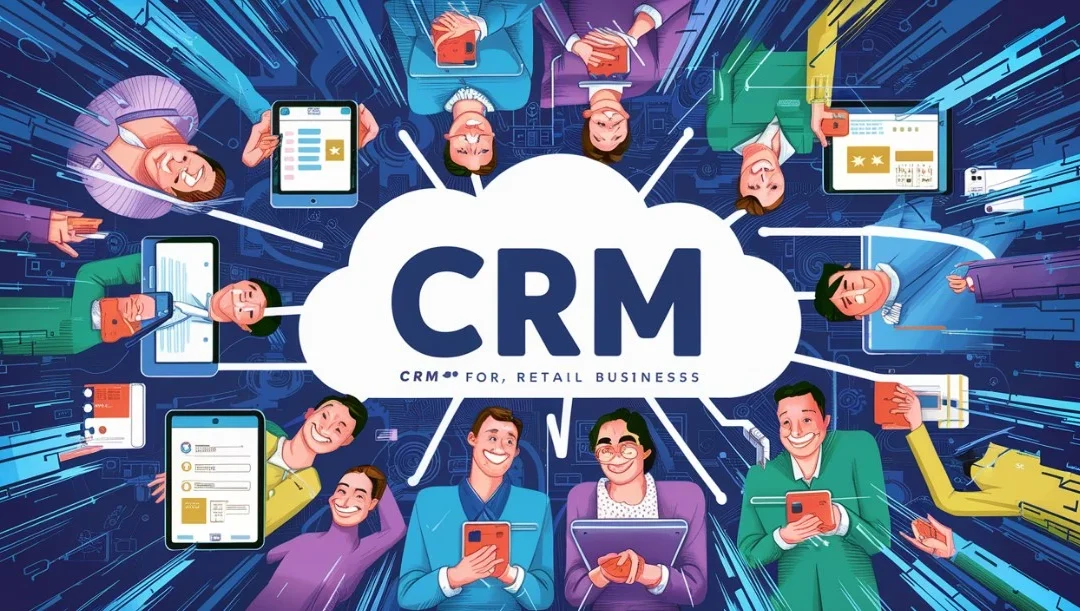Introduction
Chatbots have developed into an essential type of online communication in the past few years. They are utilized in an extensive range of firms to offer assistance to clients, answer queries, and even automate sales. However, as the expertise for chatbots progresses, there is an increasing requirement for many unconventional and complex bots who could accurately know and reply to NLP. This is where Conversational AI is made to be used.
Conversational AI is the technology that allows bots to recognize and answer back like humans using a standard and intuitive method. To further assist you in inspiring your chatbot to the next level, we will also understand the future of Conversational AI with differences. Even though there are certain limitations to Conversational AI Development Solutions, several of them have already shown their value. As technical advancements continue to be made, the quality of the solutions will continue to increase.
Understanding the Basics: What is Conversational AI?
Significant improvements have been made in the approaches that are needed to create precise designs, like ML and Deep Learning. However, the second reason that Conversational AI has become popular right now is that they are viewed as an appropriate fit in a variety of areas, like healthcare, internet shopping, consumer service, the tourism industry, and schooling, which rely extensively on natural language discussions in their everyday operations. This quick growth in demand has been met by a similarly fast rate of research and development, with new items being produced on an ongoing basis. This situation has coincided with the introduction of new products.
Why do you require Conversational AI in 2024?
The capacity of Conversational Artificial Intelligence to enhance any company has led to its growing significance in recent years. It influences the following areas:
1. Instant Support
Provides client help around the clock, seven days a week, and fulfills the requirements for prompt assistance. These chatbots can acquire knowledge via interactions, so they are becoming more effective over time. This will ensure that your staff gets the support they need without any unnecessary delays.
2. Decrease Cost
The automation of regular queries helps to reduce operating expenditures by decreasing the dependence on human agents, which in turn leads to cost reduction. Even though the majority of management teams see cost reduction as a short-term strategy for transient fluctuations in the market, there are alternative cost reduction strategies that aim to increase long-term effectiveness as well.
3. Scalability
Customers have distinct expectations when working with businesses, and support staff in particular, and scalability takes into account these expectations. The dependability of a company is something that a consumer looks for when they contact that company. The system can handle several contacts with customers concurrently without requiring extra resources.
4. Interactions that are Personalized
Customers not only desire something that is personalized, but they want it. AI can provide individualized replies, which may increase consumer happiness.
5. Competitive Edge
The Chief Technology Officer (CTO) is accountable for describing the company’s technology policy and ensuring that the firm reserves an inexpensive benefit in the market. This is one of the essential tasks that CTOs do. With their help, businesses can preserve an affordable benefit over their competitors by using AI to expand their communications with customers and their operational proficiencies.
Chatbots vs Conversational AI: What’s the difference?

Image Credit: LinkedIn
- In the present business world, Chatbots are used by a large number of business owners. You can find them on almost every field of websites. It is believed that a large number of customers support chatbots. It has been used for the last many years.
- Chatbots are well-known, and they are highly used because of their potential to offer all-time service. This tool can make sure that customers can use it whenever they want. It is essential to know that chatbots provide experiences that seem to be communicative. You will feel as if the tool is communicating with you. Users need to understand that there is a vast difference between a Chatbot and Conversational AI.
- Conversational AI and Chatbot AI can be exchanged. It is essential to keep in mind that there are vital differences between these two tools. Chatbots are based on program rules, which are tailored to answer targeted prompts in an organized manner. They act by preconceived scripts. They can interact with users in a simple and transactional manner.
- On the contrary, Conversational AI provides users with the freedom of artificial intelligence. It enables the process of natural language, which helps this tool involve conversations that are relevant in context to the concept. Not like chatbots, Conversational AI can comprehend and reply to the inputs of natural language. It can also adapt to the behaviors and preferences of the users.
- Users should know that potential chatbots are not limitless. It can be visualized as not a personal tool. Conversational AI provides users with a humanized experience. Business owners will be able to make the right decisions when they come to know the difference between the two tools.
- The tools and technology that enable a computer to imitate and carry out Conversational interactions with humans are what are referred to as Conversational Artificial Intelligence. A software that is capable of using conversational artificial intelligence (but does not necessarily do so) is known as a chatbot. The program interacts with individuals or groups.
2024: Latest Trends in the Development of Chatbots
Let’s analyze a few of the most up-to-the-minute Chatbot Development Trends and their future use cases.
1) Voice is the next big thing!
Text can be monotonous at times, while voice bots involve users in automatic, intelligent-kind communiqués. The voice-allowed bot does offer consistent data intuitions to your clientele. It even aids in offering precise actual time data. Voice bots provide newer chances for personalization, which lessens difficulties challenged when dealing with customer desires.
2) The adoption of Chatbots will be driven by customer experience
AI chatbots are assisting in reimagining how many firms interconnect with their consumers. In the present age, when social messaging plans are popular, it is crucial to stay well-informed of the expansions in the chatbot area to start a more vital link with your consumers.
An enhancement in the quality of the customer experience brings an increase in income of around $900 million for three years for a company that has once a year sale of one billion dollars. Industries can enhance their customer experience by mechanizing many business procedures like lead generation, FAQ, and customer feedback by choosing an entirely operative AI chatbot platform.
3) Increased demand for AI for the Virtual Reality
Along with the incorporation of virtual reality and augmented reality into a variety of approaches and pieces of equipment, there is a growing need for artificial intelligence chatbots in the realm of virtual space. It is necessary to have these chatbots to provide clients with guidance and help throughout the process. Artificial intelligence chatbots are implemented into the majority of virtual reality goods to provide consumers with general assistance.
4) Simplifying Human Resources and Recruiting
Are you considering advertising a job opportunity on your website or LinkedIn, but you don’t need more time to screen the applicants you receive adequately? A chatbot may be of assistance. Candidates may be eliminated from consideration and scheduled for appointments that are compatible with your schedule, and basic inquiries can be answered by a chatbot that is used for recruitment. It is possible to speed up the whole process by doing this while guaranteeing that an identical answer is given to all individuals.
In addition, you may continue to make use of chatbots even after you have employed your new worker! Your firm may also utilize it for several internal reasons, which is the newest Chatbot Development Trends that is rising as more giant enterprises with enormous workforces unearth additional use cases for the technology.
5) Payment’s Getaway
When it comes to the building of highly efficient bespoke chatbots, the payment gateway is an essential individual element. The purpose of these particular software applications is to make it simpler for companies to engage in conversation with prospective clients who visit their websites at any time that they desire. These Chatbot Development Trends are being used to their maximum potential by a wide range of business sectors in an attempt to increase sales and broaden their customer base significantly.
Future of Conversational AI
The Path That Lies Ahead, Beginning with Conversation

Have you interacted with a chatbot or virtual assistant lately? That’s the future example of a conversational AI in action. Conversational artificial intelligence is becoming more of a norm in both the personal (Siri and Alexa) and occupational worlds. Consequently, almost every sector has come across a change in the connection between people and machines. However, to accurately forecast the future of conversational artificial intelligence, it is essential to have a panoramic picture of the present market.
The future of conversational artificial intelligence promises a hopeful scenario in which human linking and technical development overlap in an all-in-one manner. Our relationship with machines is about to experience a massive change due to the development of tools, which will allow us to have experiences that are more instinctive, modified, and immersive. The Future of Conversational AI that lies ahead is troubled with tremendous promise, and it is exhilarating to see the change of conversational AI as it molds the areas in which we communicate and get involved with the world that surrounds us.
Conclusion
Our Java application development company focusing on artificial intelligence (AI) is at the forefront of leading-edge technology. In the present digital age, where client expectations are continually developing, mixing conversational AI into your user plan can set your business apart from the daily struggle. In conclusion, the debate on the difference between a chatbot and conversational AI is an ongoing conversation in the area of technology and customer service. By decoding the nuances and benefits of each, we hope this blog post has provided you with a clearer understanding of how these tools can boost your business operations.
Frequently Asked Questions
1) Do AI chatbots learn and improve in time?
After processing interactions and data, they may tailor future reactions to learned trends. AI bots may improve their knowledge and replies with training and fresh data.
2) What are the applications of Conversational AI?
Conversational AI applications include customer service chatbots, healthcare bots, VA, Voice-activated devices, language translational services, and so on.
3) What is the role of NLP in Conversational AI?
APIs, website pages, SDKs, and middleware may connect conversational AI with current systems. This lets companies integrate AI-powered chatbots or virtual assistants with CRM, databases, e-commerce, and other systems.
4) What is the Future Chatbot trend?
Chatbots streamline jobs and improve client experiences, changing the future. In addition, they will streamline operations across sectors. This transition will improve productivity and inventiveness.





